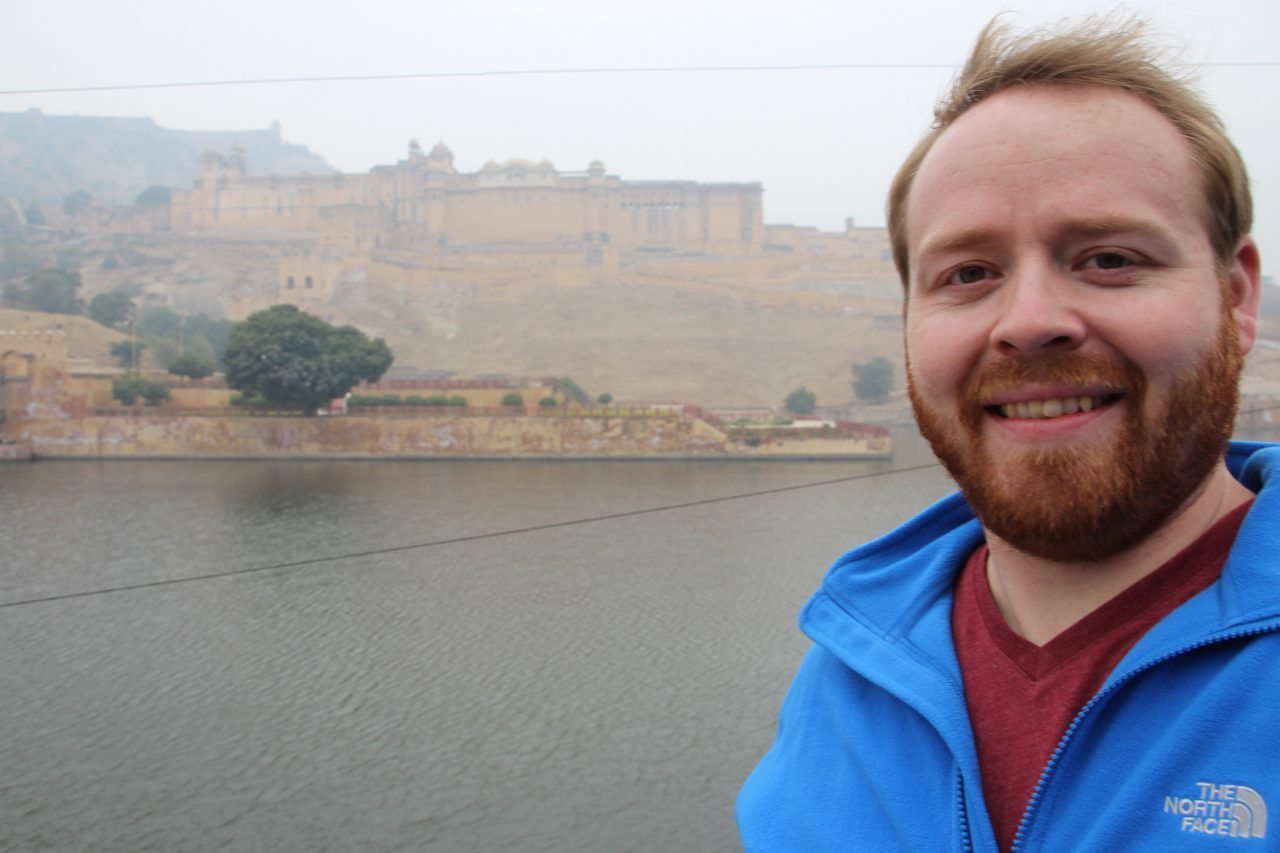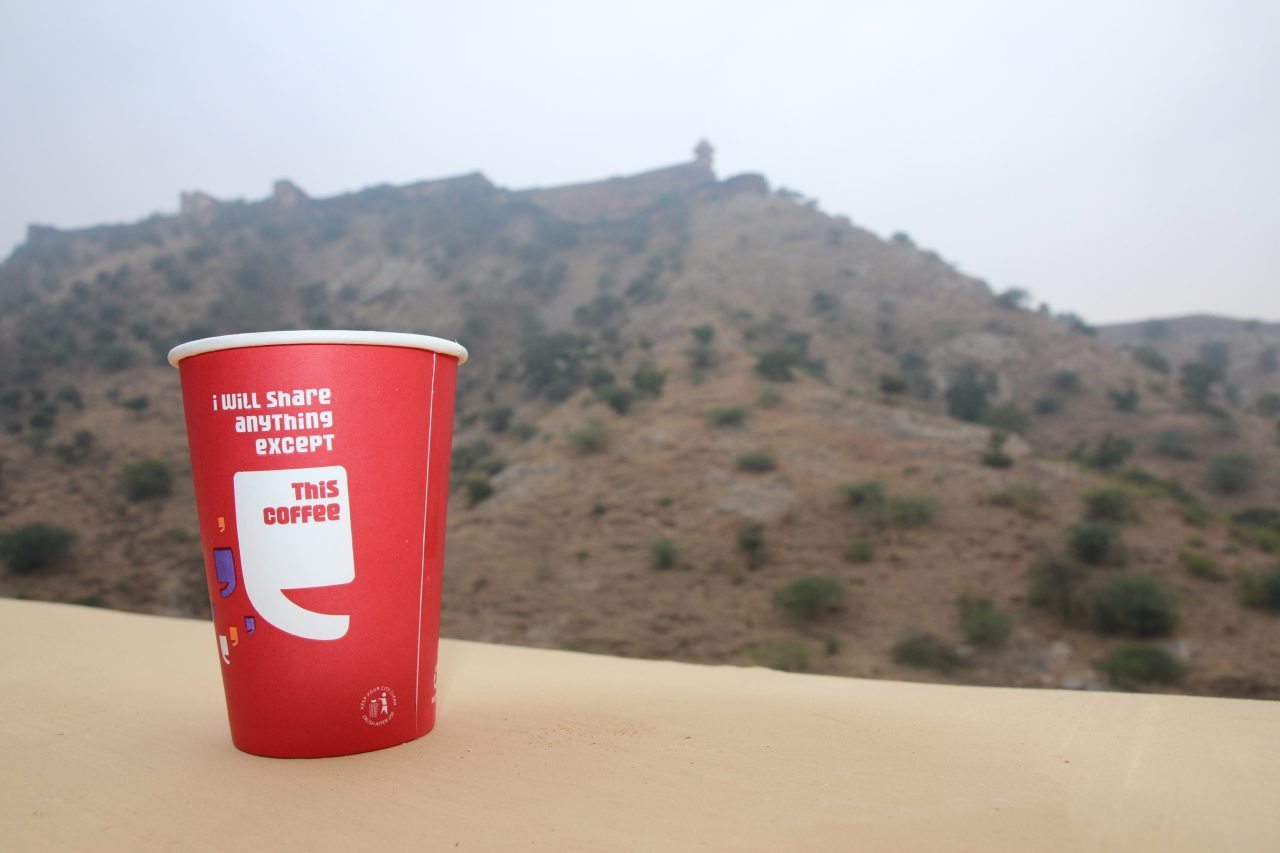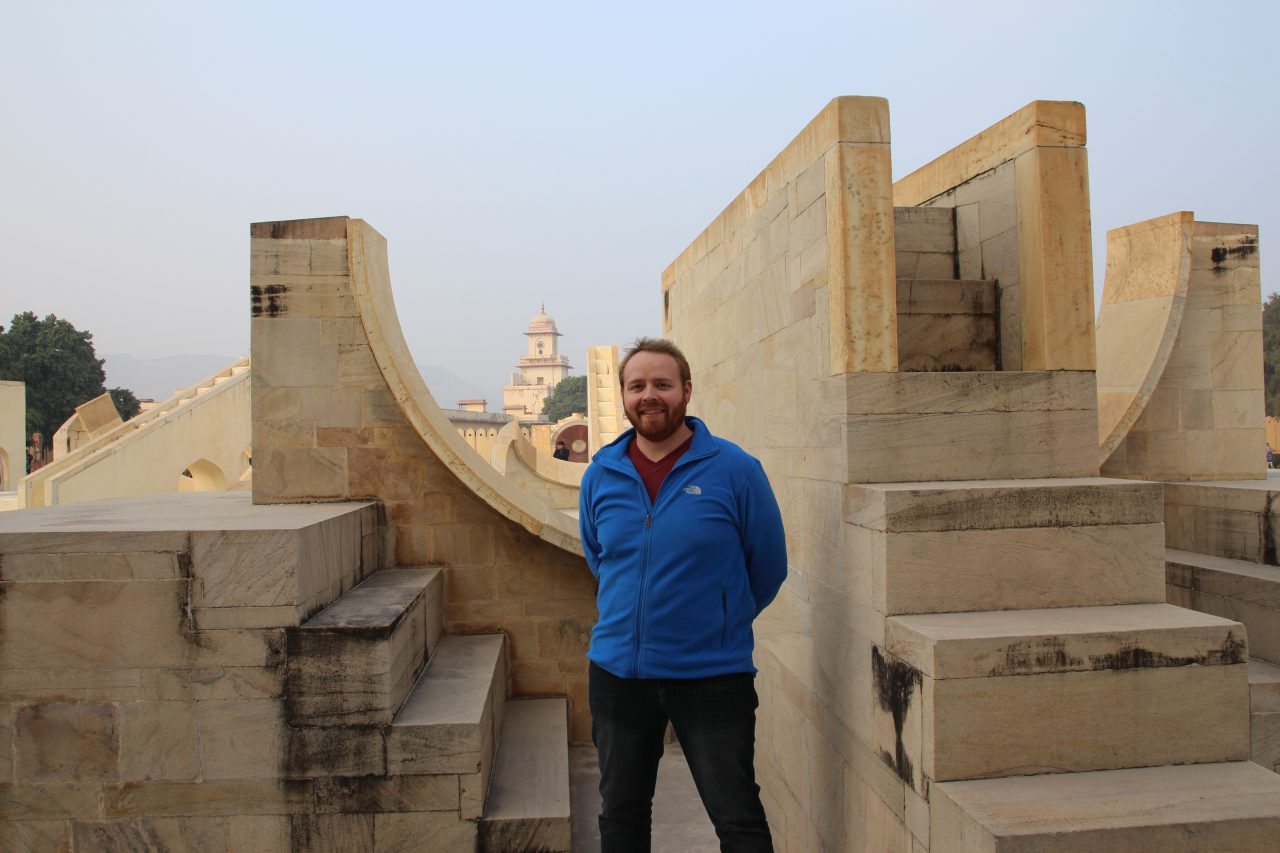The Pink City
The Pink City is called as such because all the buildings here are painted a reddish pinkish color to imitate the red sandstone architecture of Mughal cities, from which Jaipur is fashioned. Jaipur is the largest city in Rajasthan, and it is the place that I had intended to be my first destination to travel to in India. Because of the abundance of amazing invitations I received from friends and colleagues to tour other destinations, it’s taken me three months to actually get here. The famous Golden Triangle of India is the route that connects Delhi, Agra and Jaipur, so that should tell you something about how important of a place this is.
The Amber Fort
Many of India’s most infamous landmarks reside in Jaipur. The most glorious of these is the Amber Fort. To enter the fort, one must ride an elephant up the mountainside at a price steeper than the mountain its self, but it is well worth the 10-minute experience. While ascending to the fort, I dropped my sunglass case on the road far below me, but not to worry, the next elephant picked it up and handed it to me! After a short Purell bath, the case was as good as new.
Once inside the Amber Fort, we were overwhelmed by the architecture and detail work. Between the geometric gardens, facades with incredibly preserved details and surviving paintings of the Kama Sutra, the space was a lot to take in. All of that was small potatoes compared to the Sheesh Mahal (Mirror Palace). The Mirror Palace is a space within the Amber Fort, which is covered in tiny convex-shaped mirrors. The light reflecting off of all the surfaces shifts as you walk through the space and the feeling is very dazzling.
The Jal Mahal
We spent a few hours at the fort and then moved along to explore the rest of Jaipur. Directly across from our hotel is Jal Mahal (Water Palace). This palace is a manmade island and structure for which the original purpose wasn’t explained to me, but which is now closed to the public and slated for renovation as a fine dining establishment. This 5-story structure of Rajput and Mughal styles will be a grand place to dine, but the high level of pollution in the lake will make it challenging to maintain an appetite; the foam and water’s edge was literally seafoam green.
Since we couldn’t go out to the Jal Mahal, we just took a few photos and then went into the heart of Jaipur’s old town. The second most architecturally impressive structure in Jaipur is called Hawa Mahal (Wind Palace). Aside from the stunning wedding-cake layered details of the building, it is special because of the abundance of windows, many of them only the size of a head. These windows were viewing portals for the royal family to look out on the city and people as they would gather around the front of the City Palace. With the windows open, the whole building is filled with a breeze that makes the desert’s summer temperatures more suitable for royalty.
The City Palace: The Last Active Residence
Behind the Hawa Mahal stands City Palace, the old capital of the Rajasthan State and seat of the Maharaja of Jaipur. Much of the palace is open to the public but it is still an active royal residence, so the residential chambers are off-limits. However, you can buy a $100 ticket that will allow you to walk through the living quarters of the current Maharaja. Imagine paying $100 to walk through the Queen’s apartment at Buckingham Palace!
The City Palace is home to some pretty interesting architecture, paintings, and artifacts, including the Ganges-water urns: the two largest sterling silver objects int he world. The purpose of these vessels was to carry water from the Ganges River from India to England for the 1901 coronation of King Edward VII so that the Maharaja of that time would not have to drink the English water. The vessels are 1.6 meters (5.2 ft) height and each have a capacity of 4000 liters. They weigh 340 kilograms (750 lb) and are made from 14,000 melted silver coins.
One art piece that I thought was striking was a number of rifles and spears that were laid out in a large circle. The guns are pointing in toward the center while the spears are pointed out toward the edge. The guide said that it was to symbolize Indian strength and wealth, but I think it symbolizes the imperial occupation of Britain who had a superior military versus the Indians who had less advanced weaponry. There is a photo below, so you can make your own opinion about it.


























